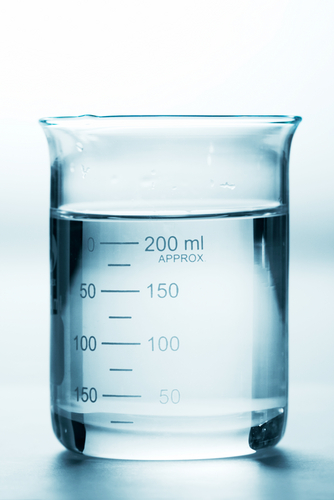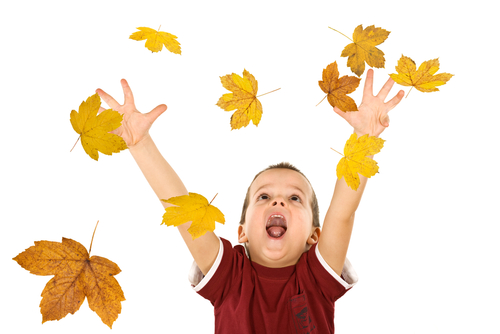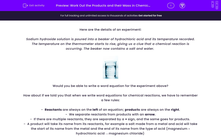Here are the details of an experiment:
Sodium hydroxide solution is poured into a beaker of hydrochloric acid and its temperature recorded. The temperature on the thermometer starts to rise, giving us a clue that a chemical reaction is occurring. The beaker now contains a salt and water.

Would you be able to write a word equation for the experiment above?
How about if we told you that when we write word equations for chemical reactions, we have to remember a few rules:
- Reactants are always on the left of an equation; products are always on the right.
- We separate reactants from products with an arrow.
- If there are multiple reactants, they are separated by a + sign, and the same goes for products.
- A product will take its name from its reactants, for example a salt made from a metal and acid will take the start of its name from the metal and the end of its name from the type of acid (magnesium + hydrochloric acid → magnesium chloride)
So the word equation would be....
Sodium hydroxide + Hydrochloric acid → Sodium chloride + water
During a chemical reaction like the one above, no atoms are created or destroyed. Therefore the total mass of the chemicals before (the reactants) and after a reaction (the products) remains the same.
This is called the Law of Conservation of Mass.

Don't believe me? Let's take a look at some examples:
The diagram below shows what is happening to the atoms involved in the reaction between ammonia and water.
As you can see, there are a total of seven atoms in the reactants. When ammonia and water react, water gives one of its hydrogen atoms to ammonia, leaving two products - an ammonium ion and a hydroxide ion. There are still seven atoms in the products. There are the same number of atoms in the reactants as the products.
.jpg)
Let's look at what happens to the mass of each of these chemicals during the reaction now:
NH3 + H2O → NH4+ + OH-
34 g 20 g 40 g 14 g
As you can see, the total mass of the reactants is 34 g + 20 g = 54 g and guess what, the total mass of the products is 40 g + 14 g = 54 g too!
Mass is conserved.









